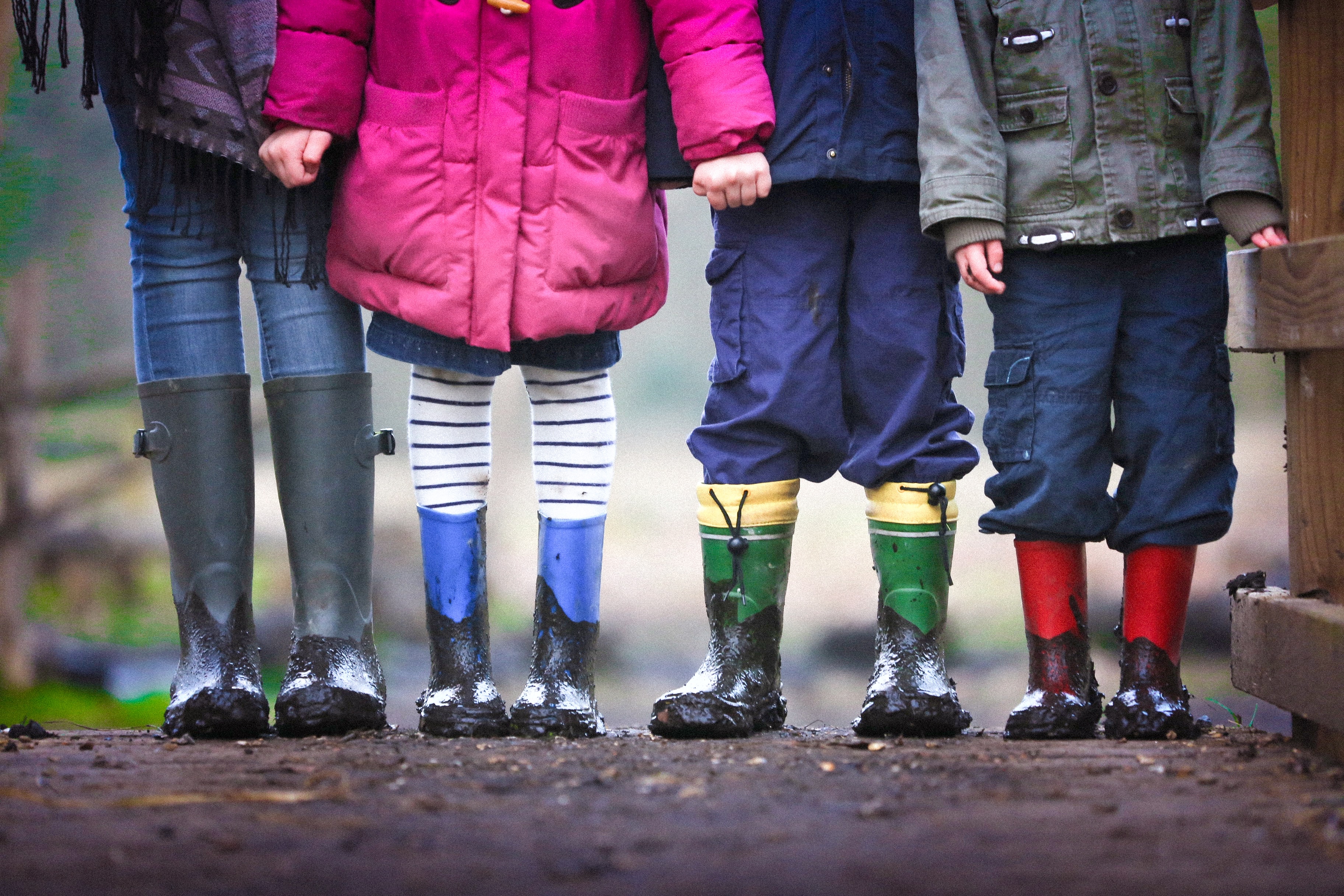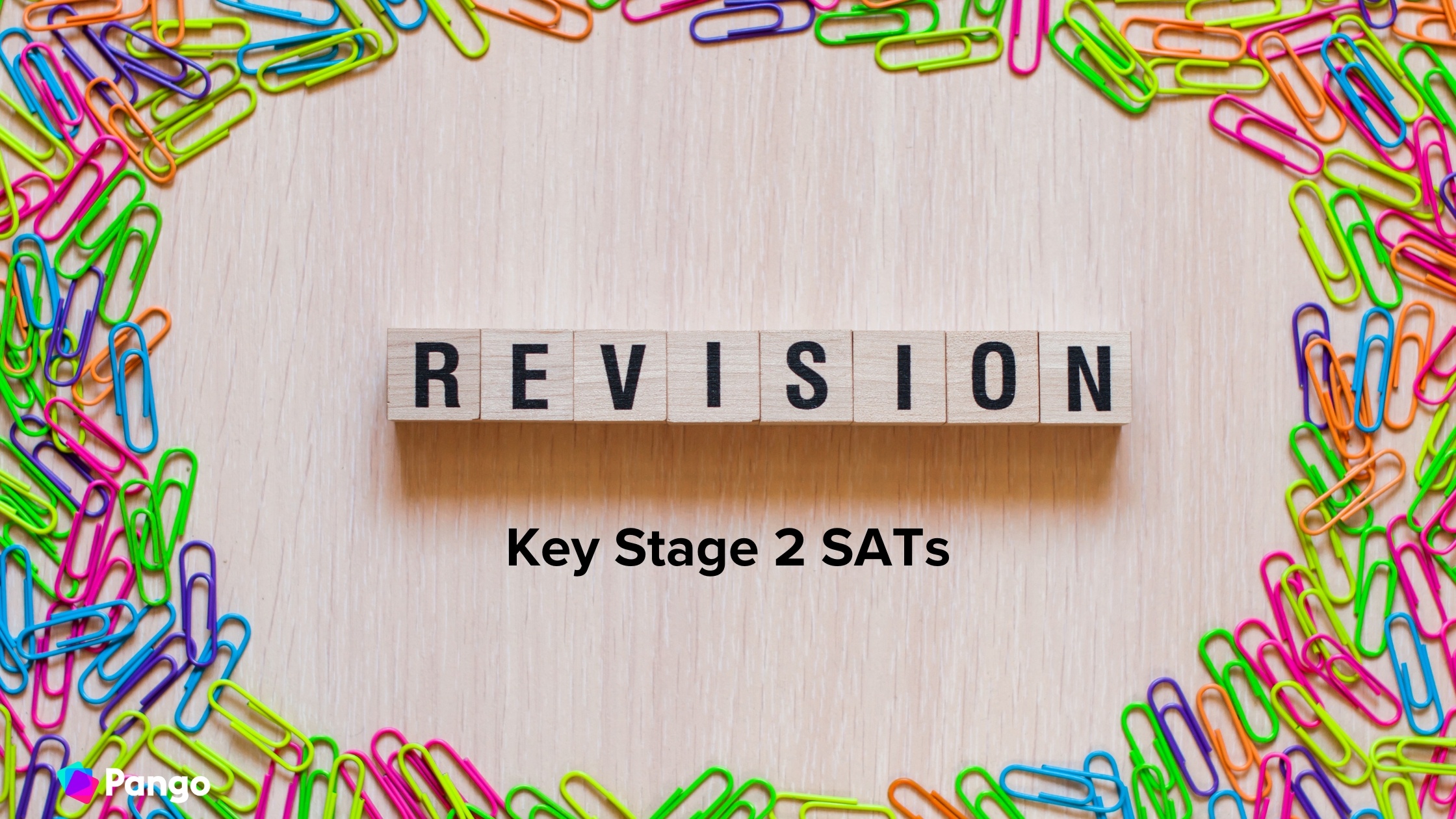Does Exercise Improve Learning? 5 Ideas to Promote Exercise in the Classroom

We all know that we should be moving more, whether we’re 8 or 80. Our modern world has made it easier than ever to stay seated for hours on end while our brains are entertained by what’s on the screen in front of us. But are the effects of exercise purely beneficial for our muscular and cardiovascular health?
Does exercise improve learning?
Research into the effects of exercise shows that it is also beneficial for our ability to focus and acquire new skills. A 2018 study in the British Journal of Psychology showed that aerobic exercise (any sustained exercise where you can keep up even breathing) boosts brainpower so we can more easily learn new things.
In the book Spark: The Revolutionary New Science of Exercise and the Brain, Dr. Ratey, a clinical professor of psychology at Harvard Medical School, says, ‘First, [exercise] optimizes your mindset to improve alertness, attention, and motivation. Second, it prepares and encourages nerve cells to bind to one another, which is the cellular basis for logging new information. Third, it spurs the development of new nerve cells from stem cells to the hippocampus.’
In other words, exercise not only helps to prepare the brain for learning but also encourages the retention of new information.
Of course, classrooms and schools aren’t always the easiest of places to encourage movement. Learning is typically a ‘quiet’ activity, and we often take measures to encourage students to settle down. How can we encourage physical activity in the classroom?
Here are 5 ways to promote physical activity in the classroom, including classroom PE activities.
5 Ideas to Promote Children’s Physical Activity in Your Classroom
1. Teach the ‘why’ then put the information to the test
We now know that children’s physical activity improves memory, and while the best results come over a longer time frame (think a week or two), you can teach the principles of this in your classroom. For example, set up a memory test for your students so they can get a baseline (this can be done simply with some picture cards or a PowerPoint with images on it) on their memory. Show them 20-50 different pictures (depending on the ability of your class) and after, ask them to write down all the pictures they remember.
A few days later, after PE class or doing some of the activities suggested in the next points, perform the exercise again, and compare the results. (Use different pictures if you want genuine results!) You could repeat it after increasing physical activity in the classroom for 1-2 weeks, to see if the results improve further.
2. Have a silly 5 minutes
Are your students zoning out on you? When things get quiet and sleepy in the classroom, try revitalising them with a funny 5 minutes. Encourage the children to stand up and wiggle. To make it more fun, have a song (or a handful) you play in the classroom for this, allowing them to jump up and down and flail around freely - provided there’s enough space for them to do so safely.
You can start or finish with a few stretches as a class to give the silly 5 minutes a little more structure, which is also good for releasing tension and increasing flexibility.
3. Classroom PE activity: Relay Tower
For this classroom PE activity, ask each student to find 1-3 objects in the classroom, then ask them to get into teams of 3-5 (you can do more or less, depending on your class size) at one end of the classroom. Make sure there is a desk opposite each team, equal distance away from all teams.
When you say ‘Go!’, the students at the front of each line must speed walk to the desk, put down an object, and then speedwalk back, high-fiving the next person in their team.
When they get a high-five, the next person can go. They must try to stack their object on top of the first object. The game continues until one team has all their objects stacked up. Alternatively, if they’re more difficult to balance, have one team that wins for speed, and another for the tallest tower.
Depending on the space you have, you may need to push some desks back.
4. Classroom PE activity: Hula Hoop Chain
Separate your class into 2-3 teams and ask them to hold hands facing each other. When you’re ready, give the first person at the bottom of each chain a hula hoop, and when you say ‘Go!’, they must step through the hula hoop and pass it down the line, without breaking the chain. The first team to get the hula hoop to the back of their chain and back to you wins!
5. Classroom PE activity: Fitness Loop
Similar to the above activity, this is another game where the students try to create a chain and complete a task as a group as fast as possible.
For Fitness Loop, ask your students to get into teams (at least teams of 5 is best) and stand in a line or a circle, arm-width apart.
You give each position in the circle or line a different activity - you can create a small info card for this to remind students what they need to do at each station (AKA position).
When you say ‘Go!’, the first person in the line or the person starting the circle must perform the exercise at their station. When they’ve completed it, the next person can complete theirs, and so on. You can stop each time all the students have completed their station, or you can ask everyone to take a step to the left and complete all the exercises before the game ends.
The first team to complete all the stations wins. This is a great classroom PE activity to do if you have disabled students - modify the exercise so they can do it, and complete one “set” of exercises at a time so those students don’t have to move along.
Don’t forget to promote physical activity through positive reinforcement. For example:
- Try to take the lesson outside from time to time to put what they’re learning into action in nature.
- Teach about the benefits of children’s physical activity in your classroom, and try to pass it on to parents where possible.
- Reward healthy habits - just make sure these are things your students have control over.
- Ask students to share one physical thing they did over the weekend and celebrate it - even if it was dancing in the car with their mum!
- Try to facilitate playtime physical activity by giving students an opportunity to say what they’d like to do during their break and try to encourage students who want to do the same things to do them together. Just don’t force them to!
As much as physical activity is important for children, it's important for teachers too but we know it can often come in second place to the never-ending to-do list of marking and lesson planning. That's why we created Pango - allowing you to browse resources from some of the best content providers in one place so you can spend less time lesson planning and more time doing the things you love!


.jpg)